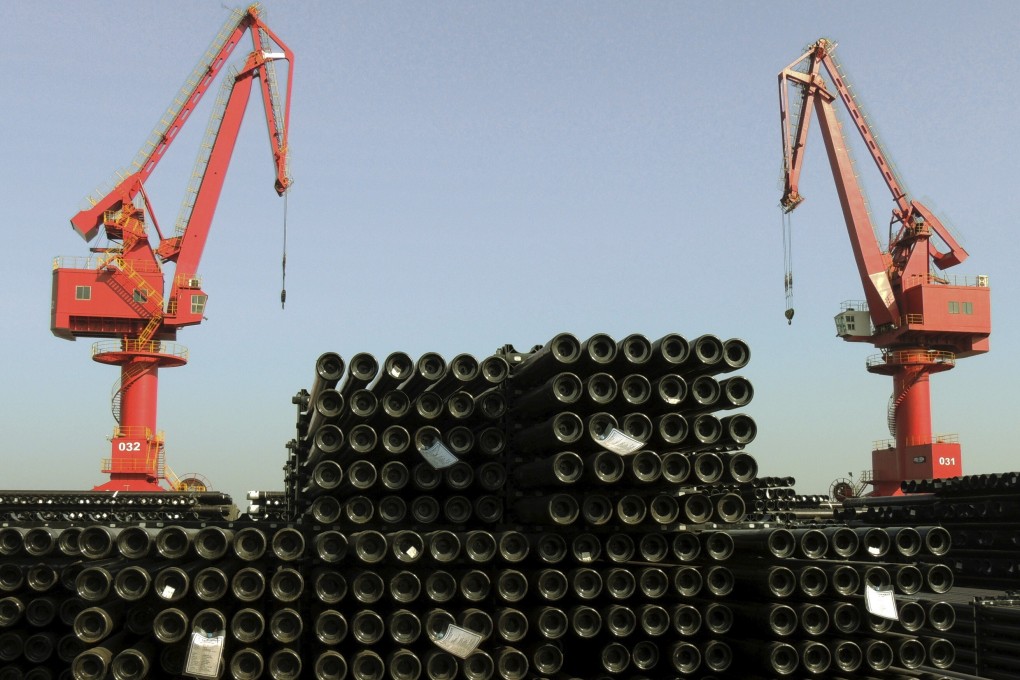China’s steel imports top exports for first time since 2009 to aid economic recovery from coronavirus
- Demand for steel in China rose in June as its economy recovered from the pandemic, thanks to a surge in property and infrastructure projects
- But steel exports are expected to outpace imports by August as domestic producers who have been stockpiling steel put it on the market

China became a net steel importer in June for the first time since the last global recession in 2009, with exports from India, Japan, South Korea and Vietnam set for short term gains as demand overshoots supply in the rapidly recovering economy.
China, the world’s biggest steel producer, imported 4.4 million metric tonnes of finished and semi-finished steel products last month and exported a total of 3.7 million metric tonnes, according to data from China General Administration of Customs. It produced a record 91.58 million metric tonnes of crude steel for the month.
The surprising strength in demand for steel in China, particularly for hot-rolled coil that is used in everything from cars to billet products used in construction, is forecast to last throughout July, with imports expected to rise further to 5.5 million metric tonnes, according to an analysis by S&P Global Platts based on trading data from May and June.
In the short-run this will help China’s steel trading partners in the region to continue exporting steel to the country as a means of offsetting weak demand in their local markets.